The Seven Characteristics of South Korean Automotive Culture
Over the past few decades, South Korea has ascended to become one of the global leaders in the automotive industry. While countries around the world have demanded South Korean cars, one might wonder, which types of cars do South Koreans themselves prefer? Here’s a closer look at the seven distinctive characteristics of South Korean automotive culture.
Well-Planned Urban Roadways and Infrastructure
South Korea, home to approximately 52 million people, boasts an efficient urban planning system designed with drivers in mind. Despite the high population density concentrated in major cities, South Korea’s urban areas are free from extreme traffic congestions. The country’s cities are meticulously planned to cater to the needs of drivers, meaning significant attention is paid to road construction and infrastructure development.
Sophisticated Parking Facilities in Residential Buildings
Residences in places like Seoul are marked by towering apartment buildings (at least twenty stories high), each featuring multi-level underground parking facilities. This setup discourages on-street parking, thereby enhancing urban space utilization and reducing roadside chaos. While older, low-rise residential buildings still exist in suburban Seoul and smaller cities, they are being gradually replaced by modern, high-rise structures.
Preference for Domestically Manufactured Cars
Two decades ago, South Korean law mandated that residents could only drive locally manufactured cars, such as those made by Daewoo, Hyundai, Kia, and SsangYong. This restriction was lifted when South Korea joined the World Trade Organization, allowing the importation of foreign cars. Nonetheless, many South Koreans still predominantly buy domestic vehicles for their daily commute.
Foreign Ownership of South Korean Car Companies
Today, several South Korean car manufacturers are owned by international automotive giants. For instance, Daewoo is now under General Motors, and SsangYong belongs to India’s Mahindra & Mahindra Limited. Notably, Samsung not only excels in electronics but also produces automobiles primarily for the domestic market, with models like the Samsung QM3 and QM5 essentially being rebranded versions of Renault’s Captur and Koleos, respectively.
German Cars Reign While Japanese Cars Falter
On South Korean roads, German cars are notably prevalent, whereas Japanese cars are less favored due to historical reasons. Brands like Volkswagen are seldom seen, and while Japanese brands like Toyota are rare, luxury brands such as Lexus and Infiniti are viewed differently and enjoy greater acceptance.
Distinctive Vehicle License Plates
In South Korea, private cars are issued white license plates, while commercial vehicles receive yellow plates. Blue license plates are designated for hybrid and electric vehicles, which are in high demand across the country. This color-coding system helps in easily distinguishing between different types of vehicles.
Second-Hand Car Market Dynamics
South Korea’s roads are predominantly populated by cars released in the past five years, reflecting a cultural tendency to upgrade to newer models frequently. Consequently, the domestic second-hand car market is minimal, and used cars are often exchanged via specialized commercial entities and then exported to countries with higher demand such as Russia.
This exploration of historical characteristics aims to provide insights into South Korea’s automotive culture and offers a reflective mirror to understand current trends and future possibilities in the automotive world.


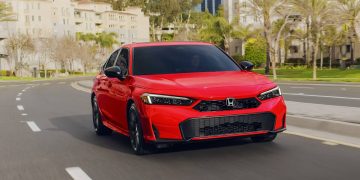
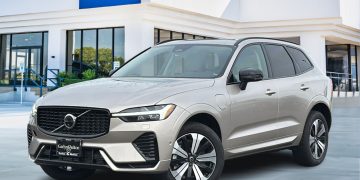
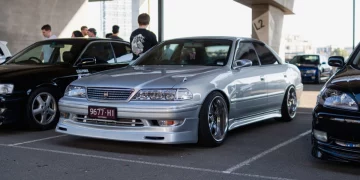

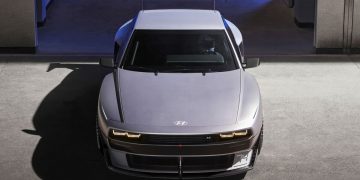
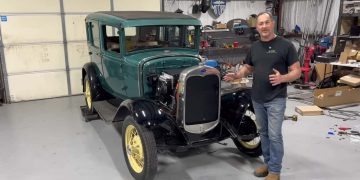
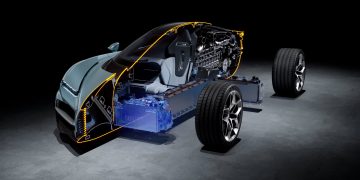
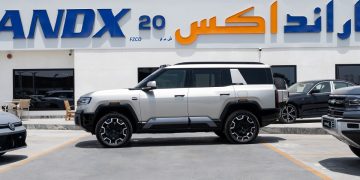

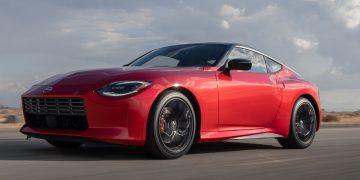




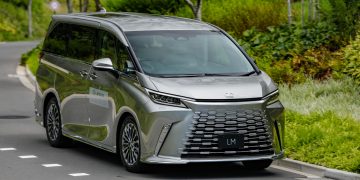


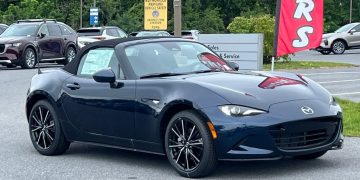
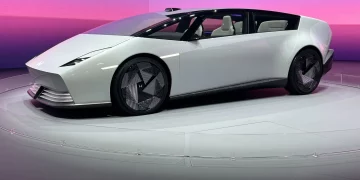
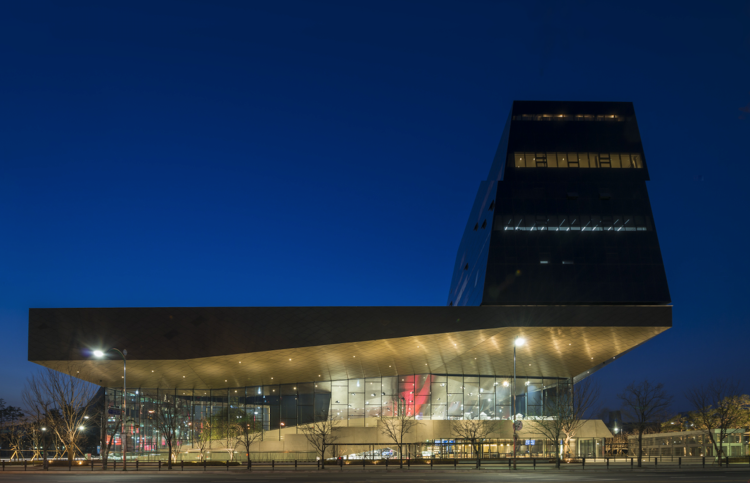












Discussion about this post